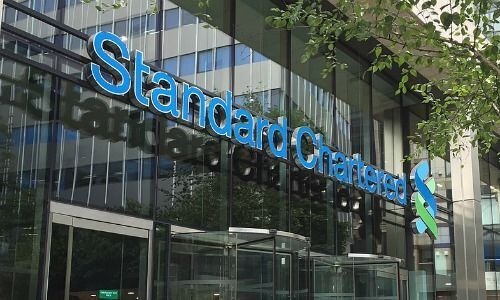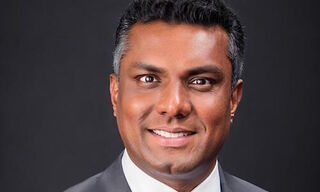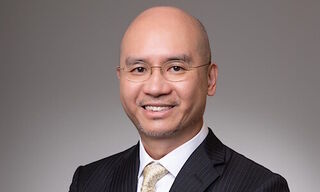Announced in March, the Financing and Securities Services (FSS) unit brings together Securities Services (previously under Transaction Banking) and Portfolio Risk Management in the Financial Markets business.
Standard Chartered Bank on Thursday named its FSS management team, who will support Singapore-based co-heads Margaret Harwood-Jones and Emmanuel Ramambason.
Members of the FSS senior management team include:
- Francois Verlaine - Regional Head, FSS, ASEAN & South Asia
- Simon Kellaway - Regional Head, FSS, Greater China & North Asia
- Luke Brereton - Global Head, FSS Sales and Business Development
- Ryan Cuthbertson - Global Head, FSS Products
- Liu Chee Wei - Head, Central Funding Desk and XVA, ASEAN & South Asia, Greater China & North Asia
- Sam Phillips - Head, Central Funding Desk and XVA, Africa & Middle East, Europe & Americas
- Madeleine Senior - Regional Head, FSS, Europe & Americas
- Scott Dickinson - Regional Head, FSS, Africa & Middle East
- Marten Bengt - Head, Modelling and Analytics Group
- Tan Ying Ying - Chief Operating Officer, FSS
The reorganization aims for the bank to become more client-centric and having targeted and integrated engagement with clients across various solutions and services, Standard Chartered said.
New Board Member
Separately, the bank announced the addition of independent non-executive director Maria Ramos, with effect January 1, 2021.
Based in South Africa, Ramos was chief executive officer of ABSA Group (previously Barclays Africa) from 2009 to 2019. Before joining ABSA, she was the group chief executive of state-owned freight transport and logistics service provider Transnet and served as director-general of South Africa’s National Treasury (formerly the Department of Finance).
Standard Chartered also appointed independent non-executive director David Tang to the Board Risk Committee. Tang brings deep understanding of the bank's key market of Greater China, and will contribute his expertise in relation to emerging technologies, digital and associated risks.


























